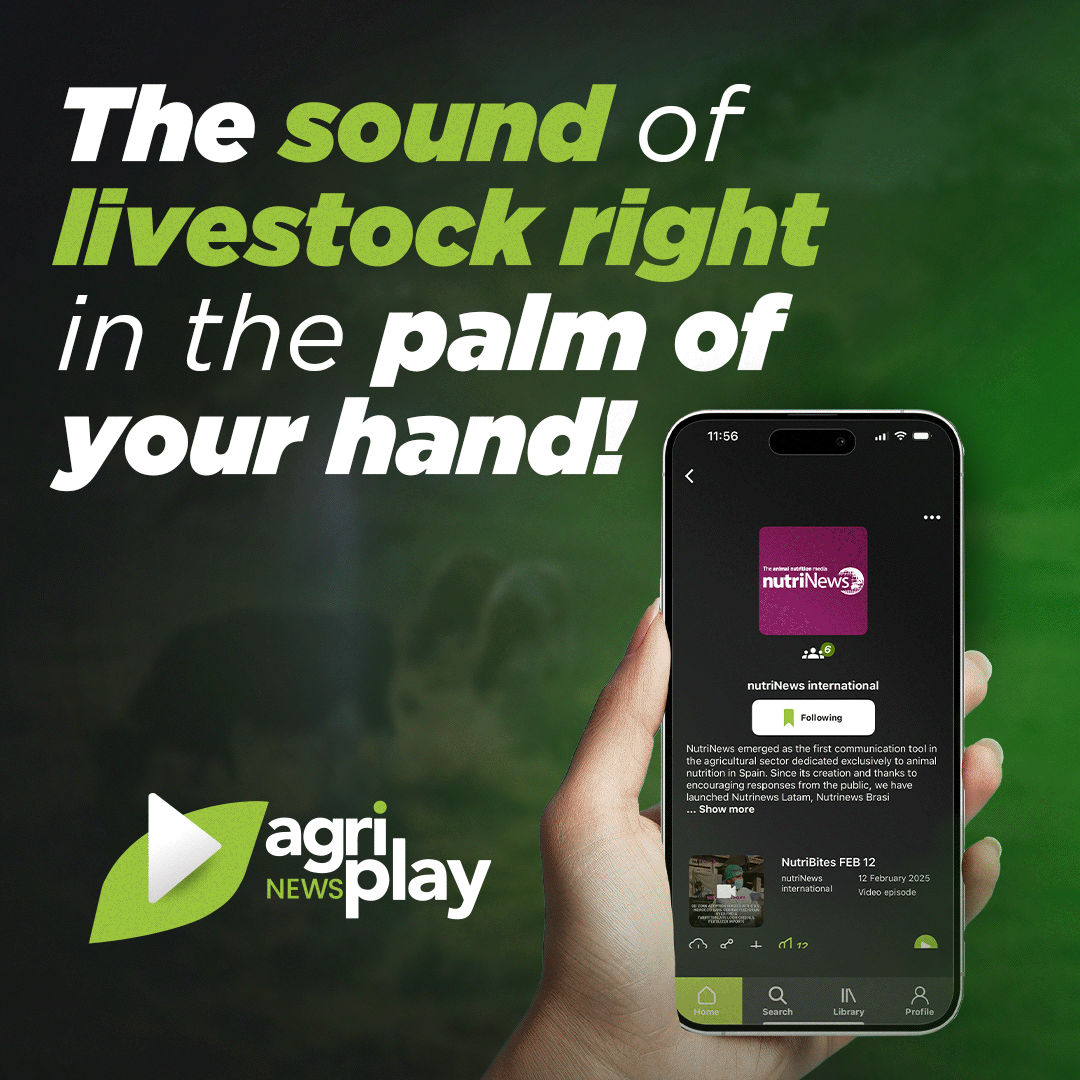Every year, around 330 million one-dayold male chicks are culled in the egg industry in Europe after hatching. The reason is their inability to lay eggs and the very low growth rate, making raising them economically infeasible.
The pioneer country to end this practice is Germany, which banned chick culling in its hatcheries on the first of January 2022. The German government already stated in 2015 that they would ban this practice as soon as methods of gender identification in the hatching egg are available in the market.
SOLUTIONS
There are currently three solutions in the German poultry sector to end male chick culling:

They are crosses of laying hens with broilers, where the females are used for egg production and the males for meat production. The laying performance of dual-purpose breed hens is lower than that of laying hens; analogically, the meat performance of dual-purpose breed males is lower than that of broilers.
The advantages of the dual-purpose breeds are the following:
- It is well accepted by consumers and non-governmental organizations (NGOs) because both males and females have a purpose.
- There are some initiatives and market niches in Germany.
- Less animal welfare issues are observed due to their lower performance; therefore, they have fewer diseases, stress, and cannibalism.
The disadvantages related to the egg performance are the following:
- Laying hens from dual-purpose breeds lay around 20% fewer eggs (≈ 250 eggs) than laying hens from genetic lines (≈ 350 eggs) in the same laying period.
- Their eggs are significantly smaller; hence, the marketable eggs’ percentage is lower than those of laying hen genetic lines.
- Consequently, eggs from dual-purpose hens are only profitable in organic market niches.
The disadvantages related to the meat performance are the following:
- Dual-purpose males have significantly lower meat performance than broiler breeds- especially a lower percentage of breast meat (part of the carcass most valued by consumers).
- The feed conversion is around 50% lower than broilers.
- The grow-out period is 2-3 weeks longer to achieve the same weight as broiler breeds.
- There are no legal regulations for rearing dual-purpose breeds.
- Due to the low weight and carcass of these animals at slaughter, technical problems arise in slaughterhouses.
- It is only profitable in organic market niches due to the high prices.

i.e., the grow-out of the male chicks.
The advantages are similar to the dual-purpose breed but with a significant advantage:
- The egg performance remains; therefore, there are no losses in egg production.
The disadvantages are:
- The meat production of the males is even worse than the dual-purpose males.
- The grow-out period is much longer than for broiler breeds to achieve the same body weight. Consequently, the males can achieve sexual maturity and
TO CONTINUE READING REGISTER IT IS COMPLETELY FREE Access to articles in PDF PDF
Keep up to date with our newsletters
Receive the magazine for free in digital version REGISTRATION ACCESS
YOUR ACCOUNT LOGIN Lost your password?










